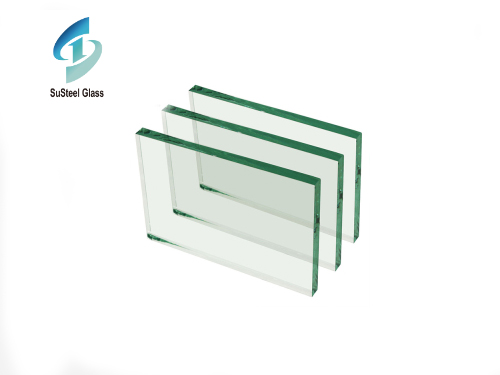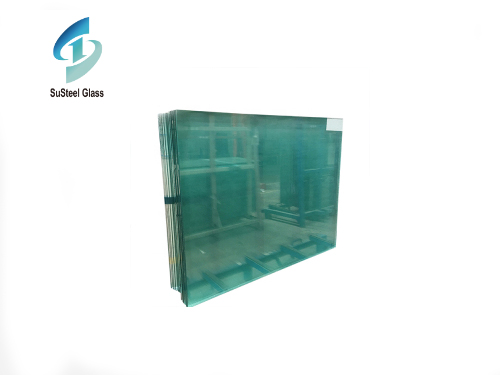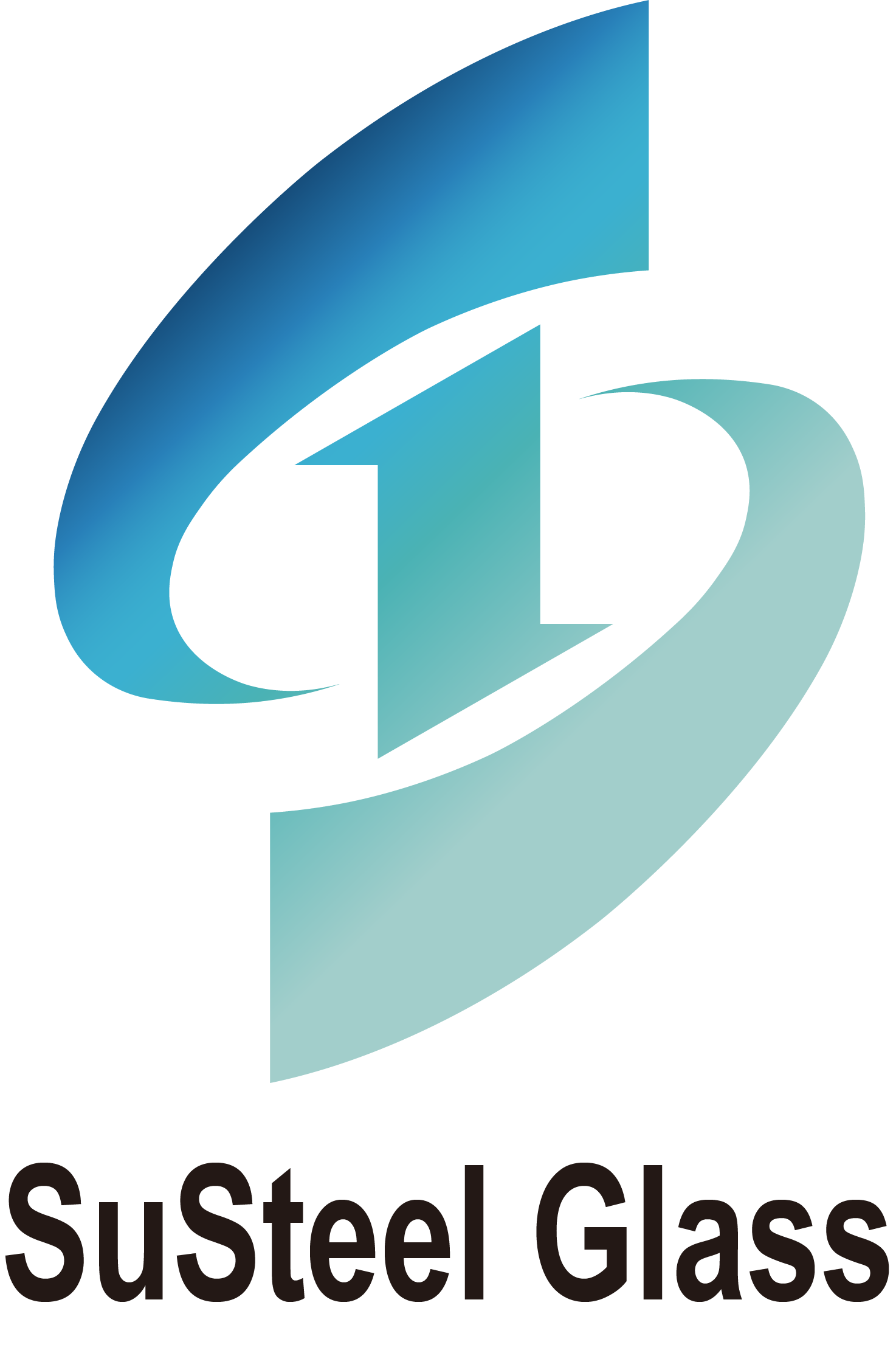
Corrosion of optical glass and its appearance The water resistance of optical glass and the corrosion resistance of different media such as acid and alkali in the surrounding environment mainly depend on the chemical stability of optical glass, which is related to the composition of different optical glass and the content of SiO2. Polishing fluid should be added appropriately during the polishing process. Basic requirements and surface properties of edging glue in optical glass processing:
(1) The coincidence accuracy between the geometric shaft of the centering chuck and the machine tool spindle should exceed the centering accuracy, generally 0.003 ~ 0.005mm; This is used a lot in infrared optical glass.
(2) The end face of the centering chuck should be strictly perpendicular to the geometric axis of the chuck.
(3) The two edges of the end face of the centering collet should form concentric circles on the geometric axis, forming a thin and equal thickness circle. The surface is ground and polished to avoid scratching the lens.
(4) The outer diameter of the centering chuck should be 0.2-0.5mm smaller than the diameter of the lens after centering edge grinding; Store for a few days or more than 10 days to facilitate the operation of parts and the next process processing. After polishing the footwall, it is more reliable to make some supplementary protective measures.
(5) According to the surface shape of the centering chuck contact, choose the tilt direction of the centering chuck edge. In addition, in order to avoid the heating of the centering collet and the compression of the lens, the collet should have a breathable hole.
The optical glass is widely used, the concentration is too high, that is, the water zone is less, the polishing pressure is affected, the polishing powder can not walk quickly and evenly, resulting in different parts of the pressure, resulting in local more grinding, which has an impact on the polishing aperture quality. And the unit area pressure is reduced, the efficiency is reduced, the debris generated in the polishing process can not be smoothly eliminated, so that the workpiece surface is rough. Generally, the polishing liquid is a little stronger at the beginning of polishing, and when it is nearly finished, the polishing liquid is lighter and the number of additions is less, which is conducive to improving the polishing efficiency and finish. In addition, it is generally believed that the acidity of the polishing fluid should be controlled between 6 and 8, otherwise the glass surface will be corroded, affecting the surface finish.
 High Purity Tin Ingot: Essential Uses and Key Advantages
High Purity Tin Ingot: Essential Uses and Key Advantages
 Burglar-Resistant Glass: Enhancing Security and Peace of Mind
Burglar-Resistant Glass: Enhancing Security and Peace of Mind
 Exploring the World of Green Tinted Glass Products: Versatility and Sustainability
Exploring the World of Green Tinted Glass Products: Versatility and Sustainability


